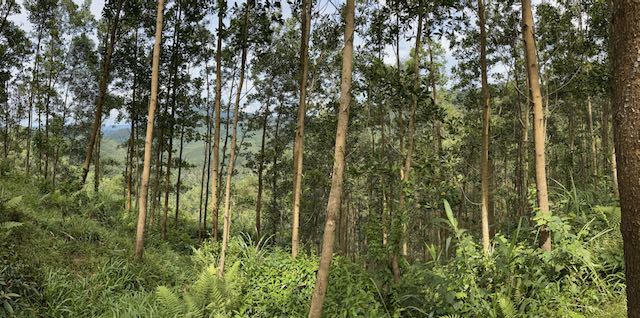Colleagues from the FT Viet project have now published their top-notch research based on a set of rigorous in-depth surveys of tree farmers in Thừa Thiên-Huế province, central Vietnam. About a fifth of this province is now covered with tree plantations, mostly comprising the Australasian fast-growing tree Acacia magnum and Acacia magnum x Acacia auriculiformis hybrids. They interviewed 180 farmers across districts in the coastal plains, midland hills, and uplands, with half involved in Forest Stewardship Council groups that produce timber sawlogs under FSC certification standards, and half not involved (these tended to produce wood chips instead). The two published articles are an extremely rich and well-described source for understanding the development of acacia plantations over time, their relation to farmer assets and livelihoods, changes in land management, and farmer’s views on environmental challenges and future opportunities.




 Posted by christiankull
Posted by christiankull 

